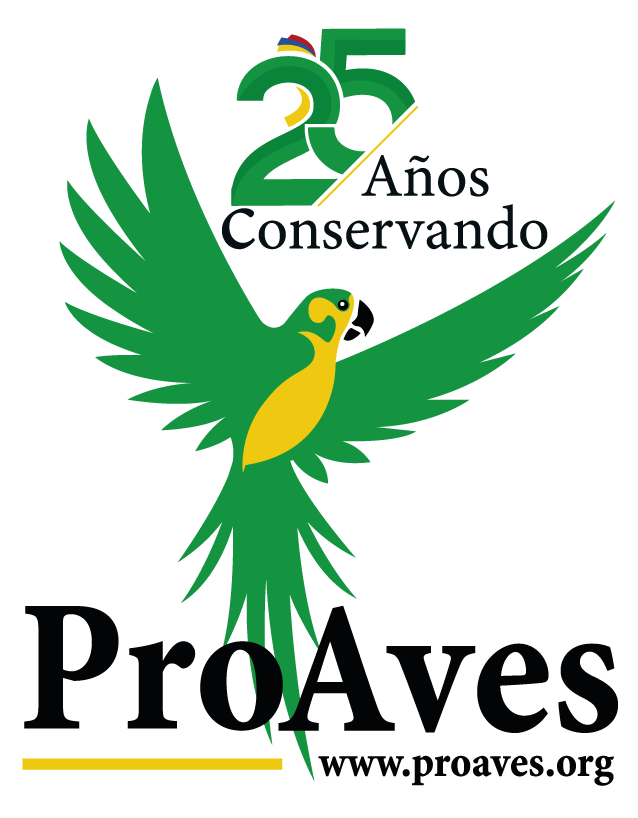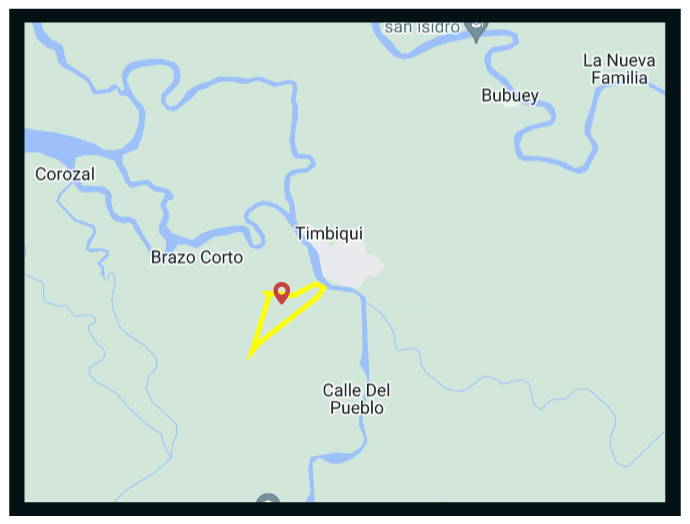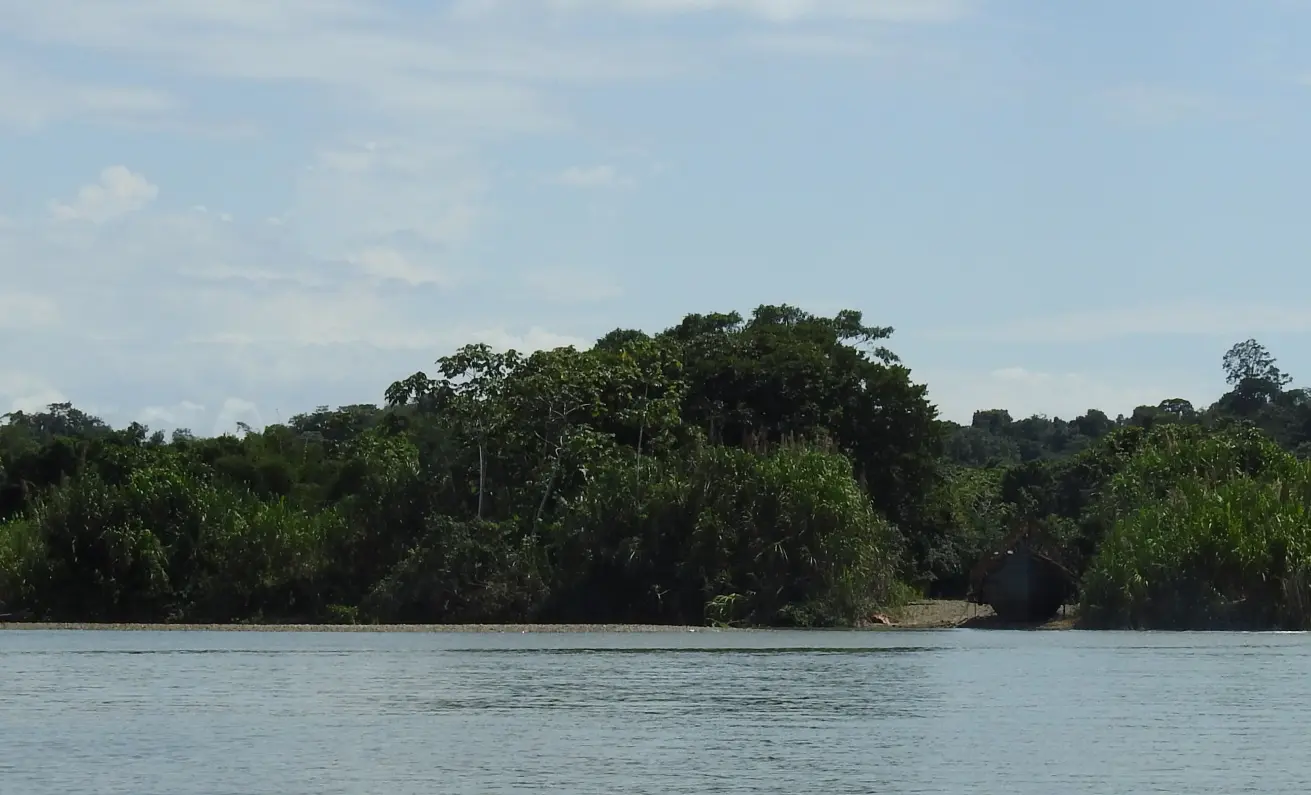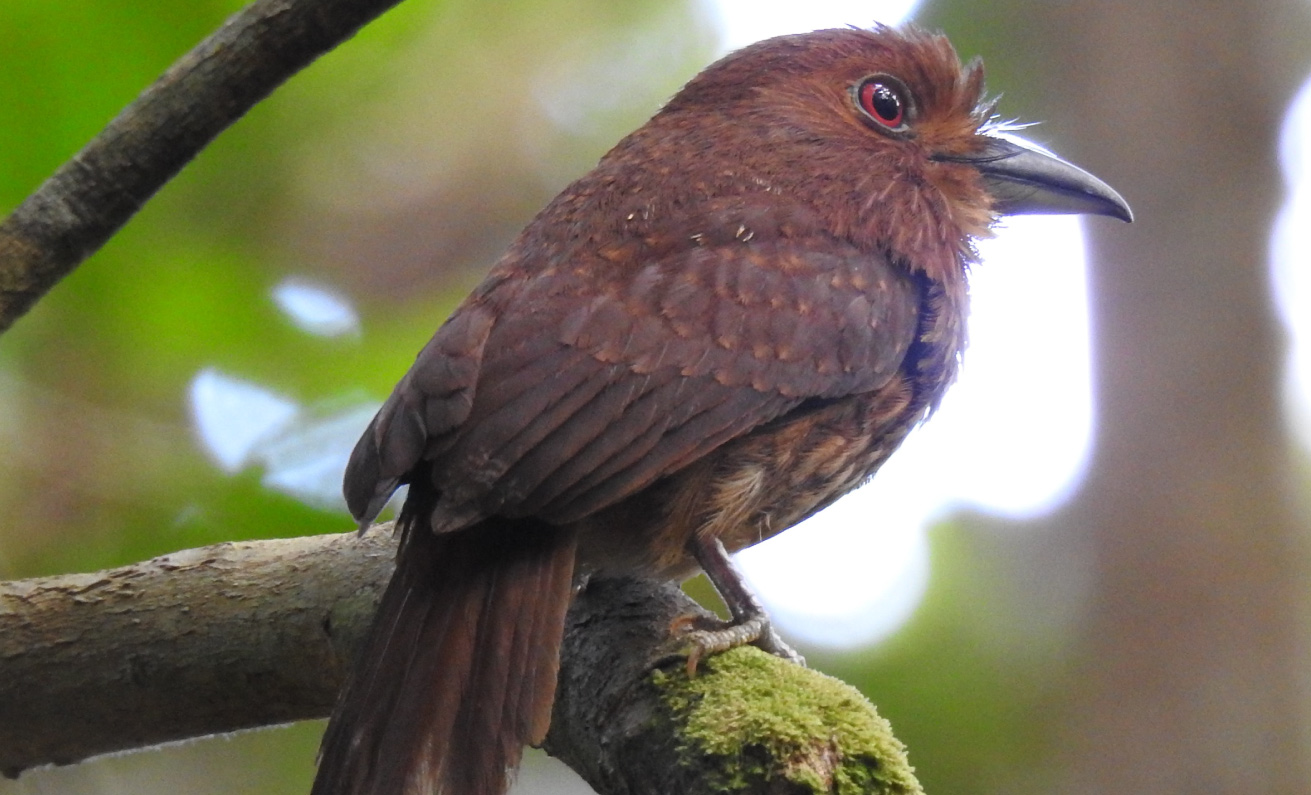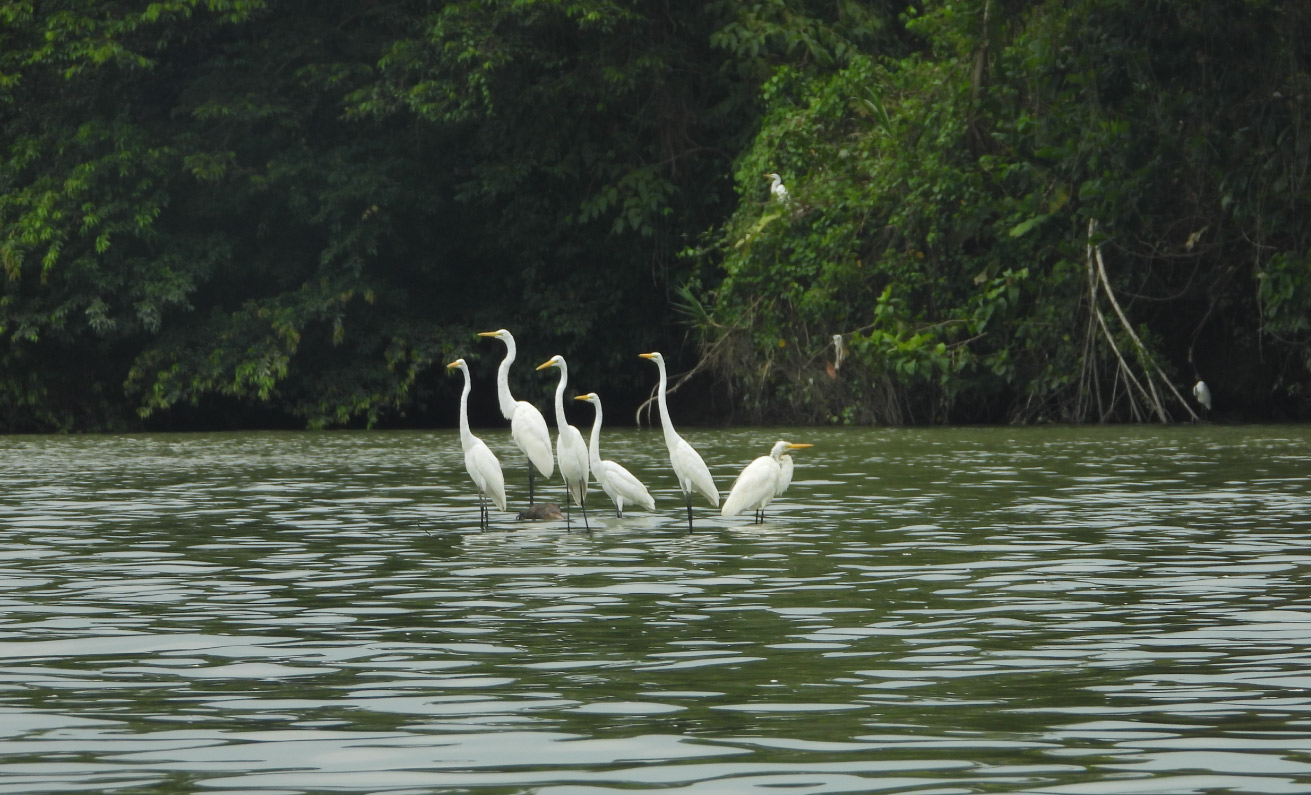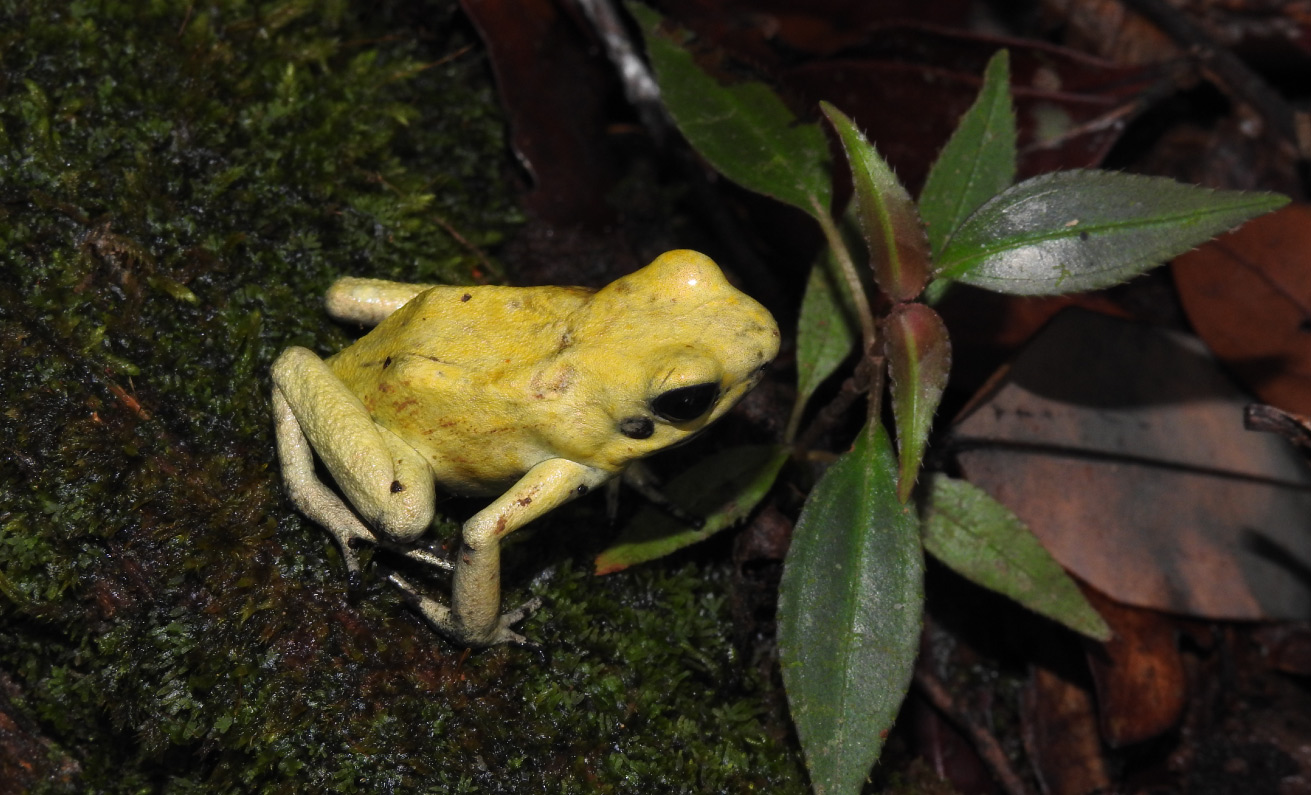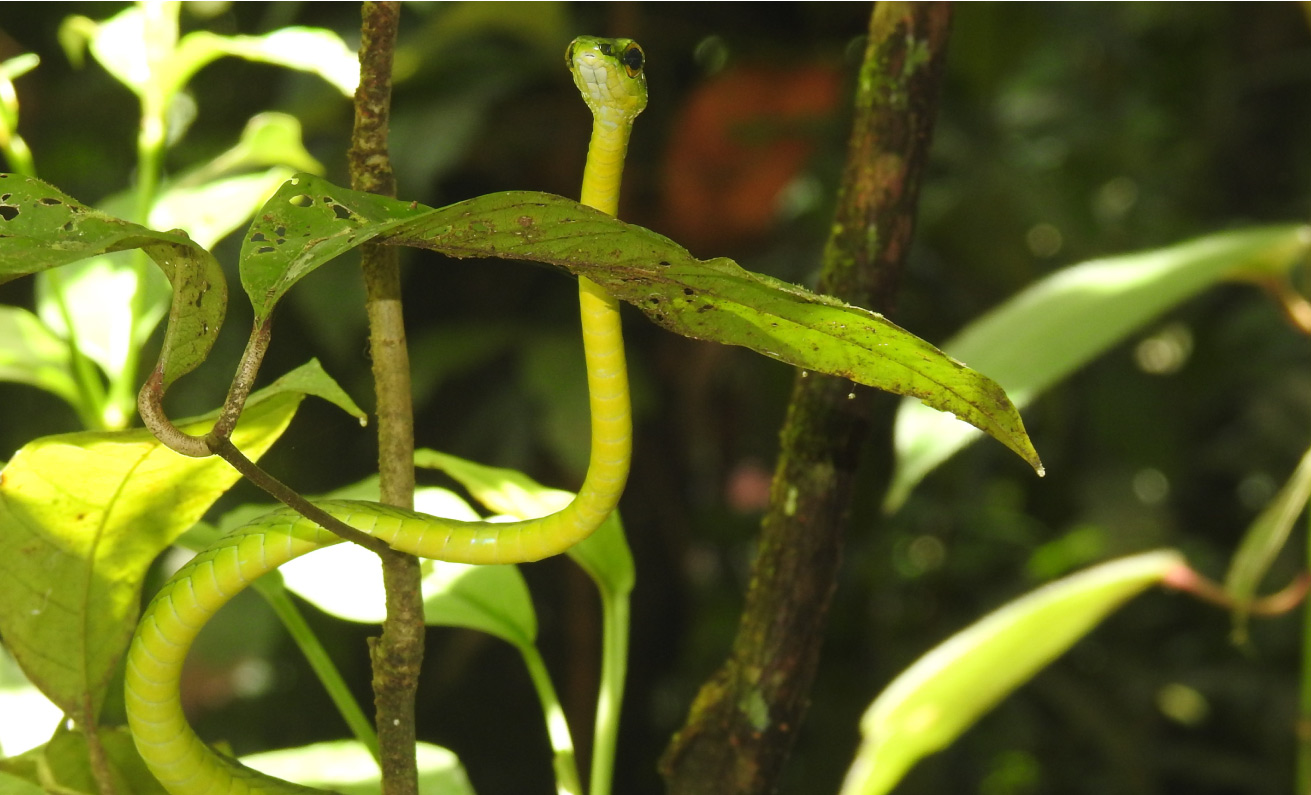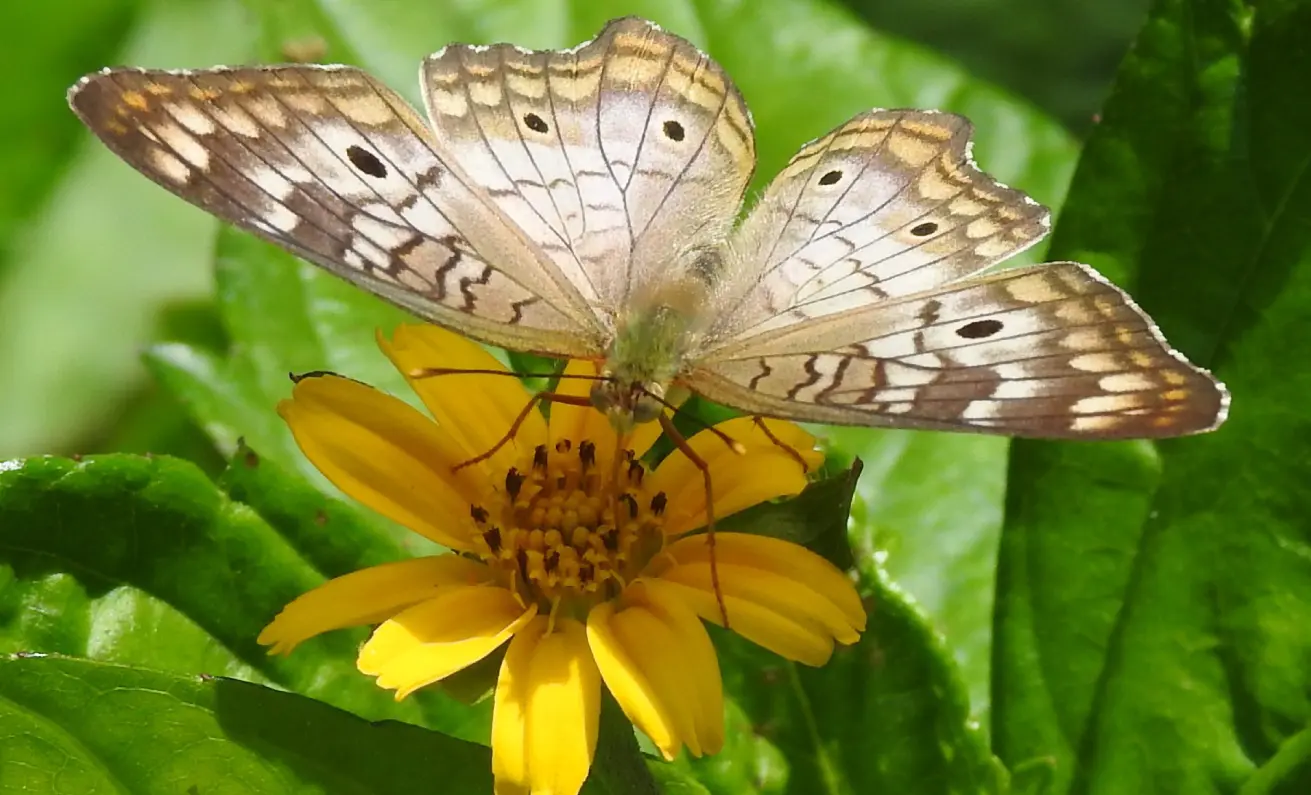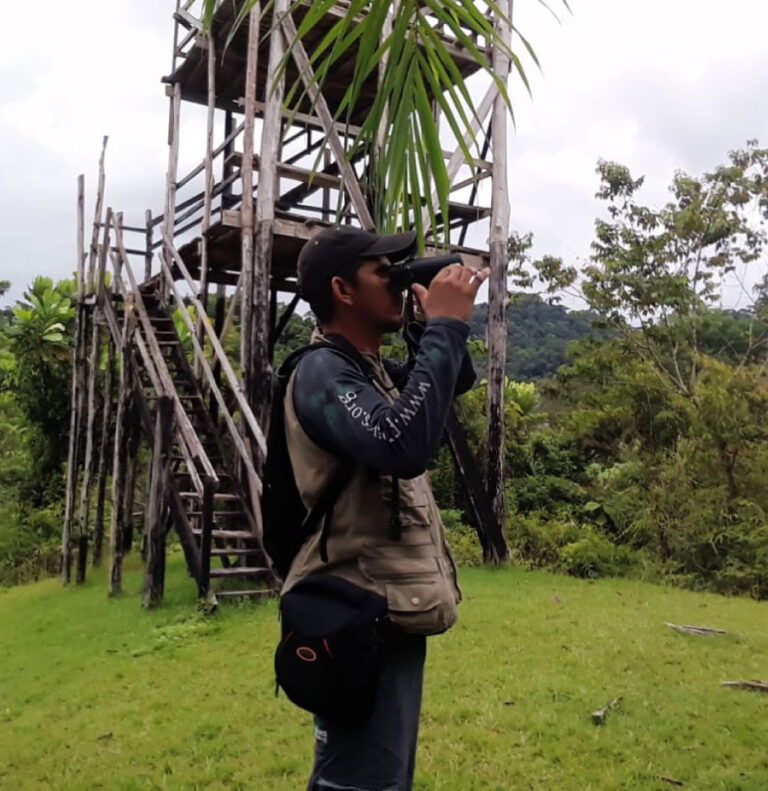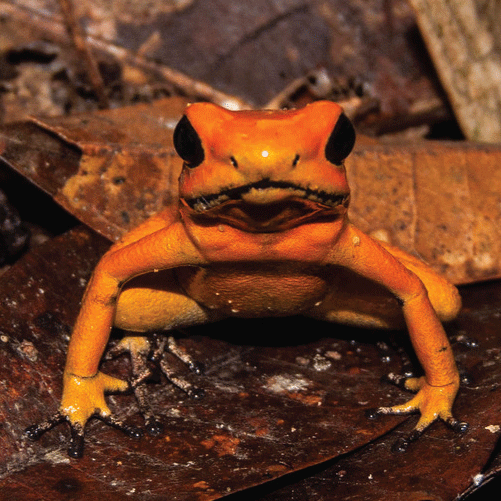Fundación ProAves – por la conservación en el país de las aves

DATE OF ESTABLISHMENT:
JANUARY
2012

Ecosystem:
Rainy forests
PLANT FORMATIONS:
Very humid tropical forest
TemperaturE:
26-28°C

WEATHER:
Tropical rain forest
Altitudinal range:
KEY SPECIES
In this place there have been recorded about
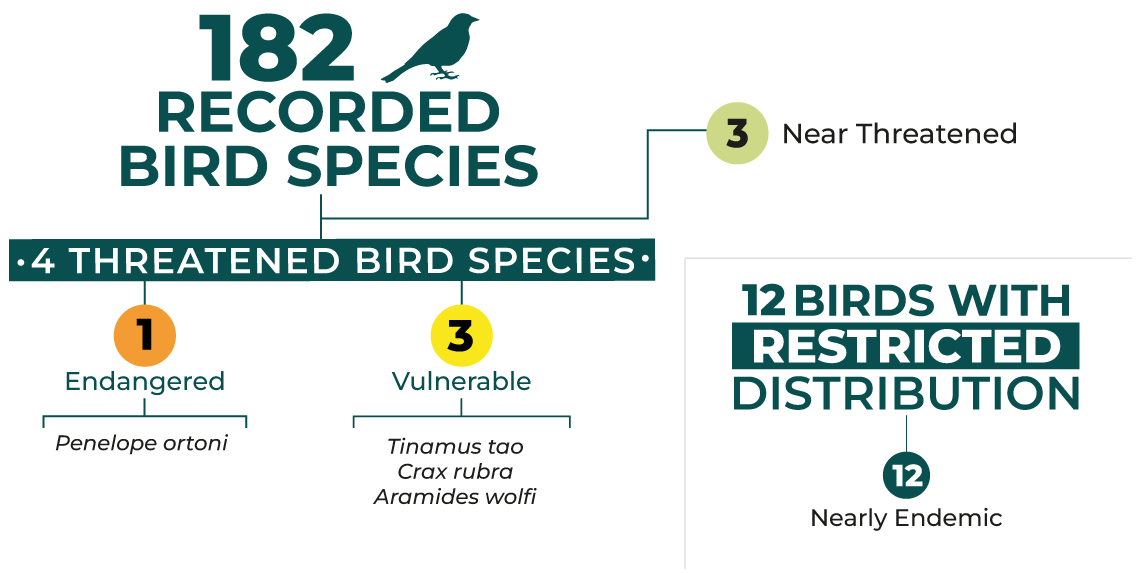
In this place there have been recorded about
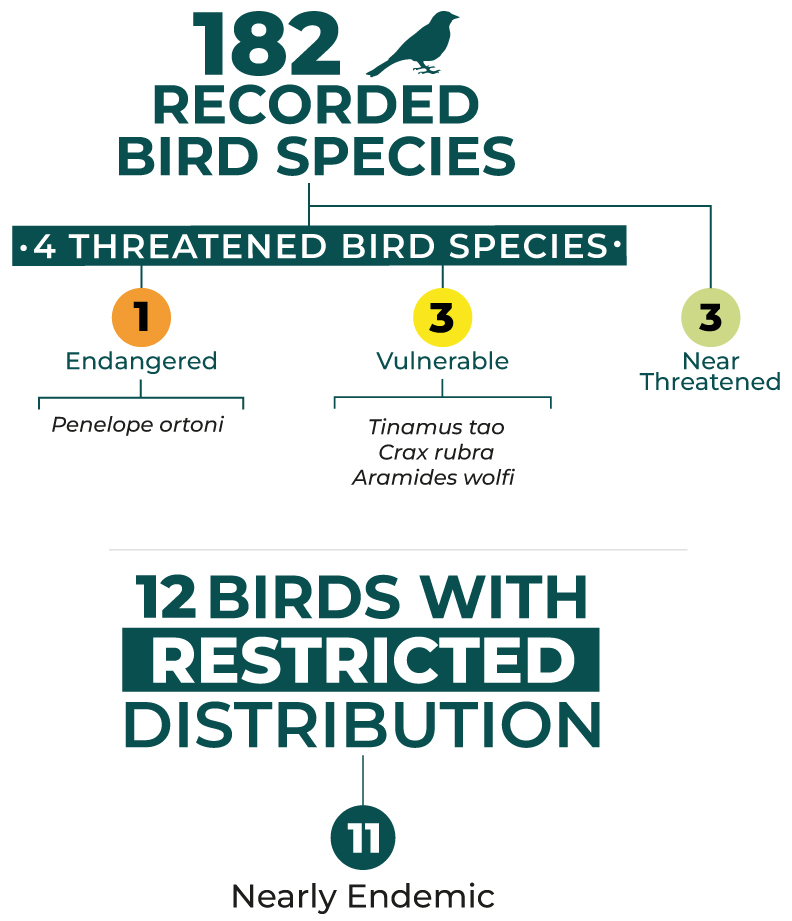
LOCATION
It is located in the department of Cauca, municipality of Timbiquí, in the urban area of the municipal seat, on the right bank of the Timbiquí River.

In this property and a large part of the area is the poison dart frog (Phyllobates terribilis), the dart frog is endemic to the Colombian Pacific coast. This amphibian, belonging to the Dendrobatidae family group, is currently considered the most poisonous vertebrate in the world. Its habitat is the humid jungles of Chocó and Colombia. The optimal habitat for Phyllobates terribilis is rainforests with high rainfall rates (5000 millimeters or more).
The ProAves Rana Terribilis Reserve also protects several key bird species including the Baudó Guan, which is in danger of extinction, as well as the vulnerable Parda Chilacoa, and the Chocó Curassow.
PHOTOGRAPHIC RECORD
EN LA RESERVA PROAVES RANITA TERRIBILIS, TAMBIÉN PODRÁS:
Realizar avistamiento de
aves y de la vida silvestre
Caminatas por los
senderos internos de la Reserva
Observar la vida
silvestre nocturna
Avistar el Arrierito Antioqueño
a lo largo de los senderos
Explorar el jardín y sus maravillosas
especies de fauna y flora
Observar a los colibríes
en los bebederos de la Reserva
Disfrutar de los paisajes
del Nordeste Antioqueño
Fotografiar la fauna
y flora silvestre
Previous slide
Next slide
Recomendamos una estancia mínima de 2 a 3 noches para disfrutar de las actividades y la variedad de vida silvestre.
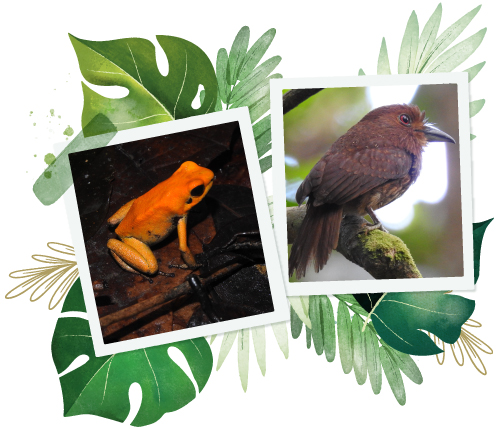
also, you will have access to:
- Water station, coffee, and tea
- Visitor trails and research activities
Remember:
Our reservation rates do not include extra services such as food or transportation; any of these will have an additional cost and must be requested in advance via WhatsApp: +57 323 434 34 87
- As part of our policies for the care and conservation of our species, we are not pet friendly. We invite you to leave your pets in a safe place.
PLEASE CONSIDER THE FOLLOWING RECOMMENDATIONS:
RESERVATION
Make your reservation 24 hours in advance.
Walk-in reservations are not guaranteed and are dependent on current availability.
CHECK IN AND CHECK OUT
The ProAves Reserve opens at 6:00 a.m. and closes at 8:00 p.m.
Time of entry to your room: From 3:00 p.m. and time of departure from your room: Maximum at 10:00 a.m.
RESERVATION POLICIES
You can change the dates of the reservation, as long as there is availability.
Changes must be requested in writing and 15 days in advance. No refund is made for cancellation.
MEALS
Inform us of any health problems, allergies, or food requirements.
We will offer you a special menu according to your diet.
DO NOT COLLECT
Please, respect the natural resources of the Nature Reserve. The collection of any biological material is not allowed.
TRANSPORT
It’s necessary to travel in a 4×4 vehicle adapted to handle the conditions of some sections of the road.
CLOTHING
Remember that the climate in Colombia can be very unpredictable! We recommend you bring suitable walking shoes, a rain jacket, long-sleeved clothing, a sun hat, and sunscreen.
FLASHLIGHT
In the Natural Reserve there may be power outages, so bring a flashlight and enjoy connecting with nature without the distraction of modern technology.
MOSQUITOES
You do not need a yellow fever vaccine. However, we recommend using repellent since being in contact with nature there may be mosquitoes.
FORBIDDEN TO ENTER ALCOHOL
The entry of alcoholic beverages into the Nature Reserve is forbidden.
INTERNAL TRAILS
Follow the instructions of the Nature Reserve staff and stay on the established trails.
SUSTAINABILITY & CONSERVATION
at RANITA TERRIBILIS
La Reserva Natural se creó el 27 de noviembre del 2006, para proteger el hábitat del Arriero Antioqueño (Lipaugus weberi). Está clasificada según la Alianza para Zero Extinction como sitio AZE.
Esta área de conservación cuenta con bosques primarios, bosques secundarios y pastizales en proceso de regeneración. Su ecosistema es predominantemente montañoso, por lo que alrededor del 60% de la tierra tiene pendientes, 30% colinas y 10% es zona plana.
En la Reserva ProAves Arrierito Antioqueño habitan 7 especies de ranas vulnerables, 4 de ellas en peligro de extinción y 5 que aún no han sido identificadas formalmente; se cree que al menos una de ellas pertenece a uno de los grupos de ranas más amenazados, el género Atelopus, que vive solo en esta región.
Además, en este santuario de conservación se puede divisar el Tinamú Negro (Tinamus osgoodi), el Pico Agudo (Oxyruncus cristatus), el Tapaculo de Stiles (Scytalopus stilesi), el Hormiguero de Parker (Sercomacra parkeri), el Azor Collajero (Accipiter bicolor), el Cacique Candela (Hypopyrrhus pyrohypogaster), la Tangara Multicolor (Chlorochrysa nitidísima), la Bangasia Negro y Oro (Bangsia melanochlamys) y la Reinita Cerúlea (Dendroica cerulea), especie migratoria que visita la reserva en su época no reproductiva.
